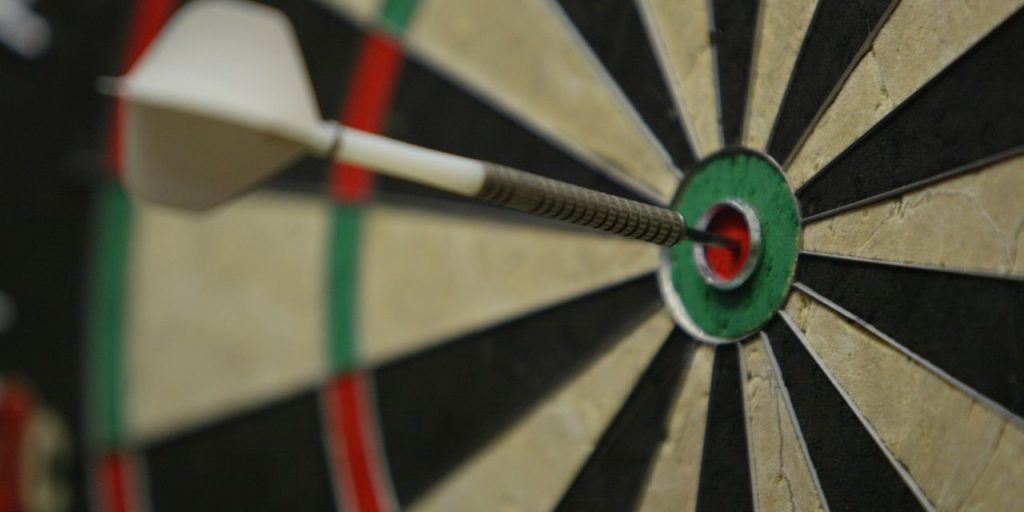“ The only way Jerome Powell will get to say ‘mission accomplished’ about inflation is by changing the mission. ”
Jerome Powell, chairman of the Federal Reserve, has tried pretty much everything he can do to combat inflation. The U.S. central bank has hiked its benchmark fed funds rate 10 times over the past 14 months, moving it by a total of 5 percentage points — from near zero. The current fed funds target rate is 5% to 5.25%, the highest it has been since the summer of 2007.
Now Powell is signaling that rate hikes might be over for a while. No promises have been made about “hike in May and go away,” but the financial market now believes the Fed will hold the line on rate hikes for at least the remainder of the year, if not longer.
Yet the Fed didn’t want to stop here; officials had said they would keep raising rates until something broke. That crunching noise you heard recently was the banking system breaking. But if that forced the Fed to change its outlook on rate hikes, the next thing it will look to hike is its target inflation rate.
Changing a target has smaller consequences than a rate hike — but it’s the signal to watch for now. The Fed’s inflation target is 2%. People think that’s a relatively new thing, like only in place since the pandemic when the U.S. market and economy both heated up again after the COVID shutdown. In truth, the 2% target has been in place for years, and the problem for a long time was that inflation couldn’t rise to that level.
Coming out of the financial crisis that started in December 2007 (and didn’t end until June 2009), the Fed set that inflation target to stave off deflation in the event of further economic downturn. The hope was that maintaining healthy levels of inflation would give central bankers room to lower interest rates to stimulate the economy.
The Fed used up that room by December 2008, when rates were cut to near-zero. Inflation also went below zero at that point, going negative (roughly -0.4%) in 2009.
Through it all, the Fed’s inflation target remained 2%. Yet as the stock market and the economy gathered strength, inflation didn’t hit the target often. From 2010 through 2020, the annualized inflation rate was below 2% in seven of those years. Few people were hard pressed to say that inflation then was too low.
If anything, inflation numbers were greeted the way volatility inthe stock market is treated. No one complains if the market takes a sharp quick jump in their favor, but the same magnitude of move down is a dire problem.
In fact, there were several polls conducted of economists during the 2010s in which the experts were asked to gauge the potential impact of doubling the Fed’s inflation target to 4%. About one-in-four economists in multiple polls said that they beleived the impact of higher inflation on consumer households would be negligible or “essentially unchanged,” even if inflation doubled.
Meanwhile, those same experts felt that higher inflation would give the Federal Reserve more options for combating future recessions and slowdowns, presumably with rate cuts.
Bring this back to present-day conditions and it’s clear that the Fed actions have had limited efficacy on corralling inflation and slowing the economy, though consumers have felt the sting of higher prices. While much was said about the latest rate hike being the last, none of those words suggested “mission accomplished.”
Considering current conditions, about the only way Jerome Powell will get to say those words about inflation is by changing the mission. That won’t happen any time soon, but it’s a safe assumption that if the Fed can shave the current inflation rate of roughly 4% by another point-plus, somebody is going to look at the numbers and say “We can live with this.”
“What [the Fed hasn’t] succeeded in doing is really bringing inflation down to their 2% target,” Kevin Mahn, president of Hennion & Walsh, said on my podcast “Money Life with Chuck Jaffe.” “I believe in all likelihood that will equate to them either reassessing what their target rate is or them feeling comfortable with an inflation level above 2% for the better part of the next 15- to 18 months.”
Current Fed estimates suggest that inflation will be around the 3% level into next year if not all the way into 2025. Consumers won’t like it, but they will adapt. The Fed will be watching to see how well people deal with it. The question is whether the Fed will get comfortable that it has the economy under control, even if it can’t offset all of the money that was put into the system during the pandemic.
Barring some change in the comfort level of the central bankers, the specter of resumed rate hikes will hover above the market and economy, making investors and consumers nervous.
No one is going to be happy with inflation being higher for longer, but if it helps keep a likely recession mild and avoid the problems of a hard landing, it’s a policy change that must be considered.
Either way, we’re all facing relatively high inflation for the foreseeable future, because the only way we are ever going to see the economy hit the Federal Reserve’s target rate in the near future is if the central bank moves the target.
More: A ‘perfect storm’ from higher interest rates and a credit crunch threatens commercial real estate, construction and jobs
Also read: The only market forecast that should matter to stock investors: When does the Fed decide that higher inflation is OK?
Read the full article here
